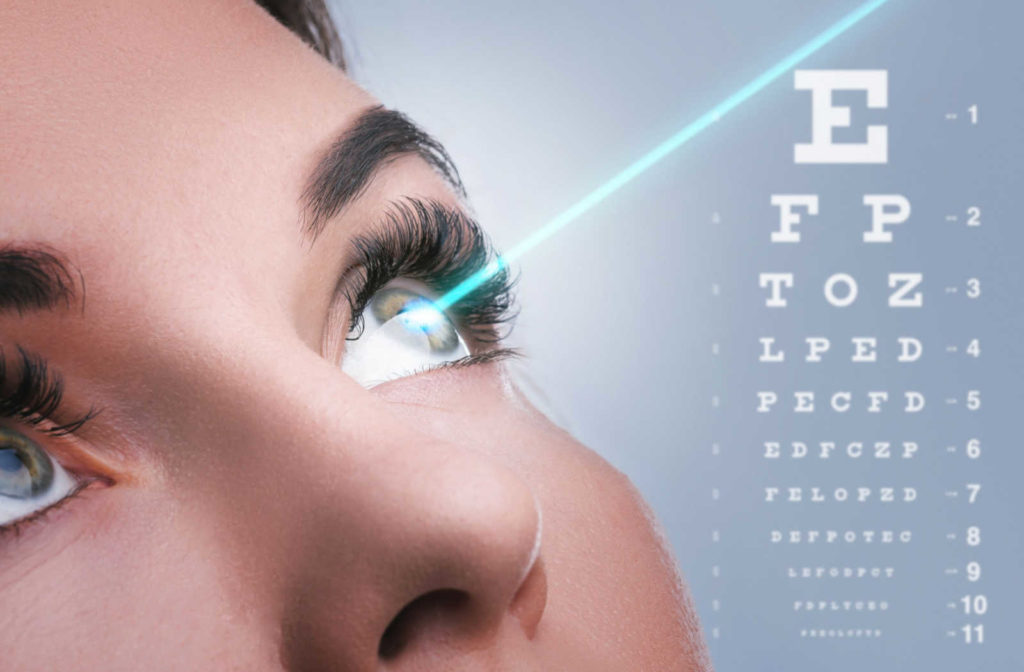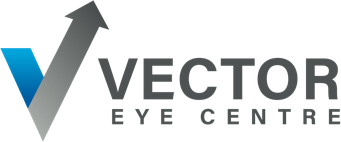LASIK, or laser-assisted in situ keratomileusis, is a widely used procedure that utilizes laser technology to reshape the cornea to correct common vision problems like nearsightedness, farsightedness, and astigmatism.
The procedure is considered a life-changing experience for many people, as it can drastically improve vision and may give you the freedom to live without glasses or contact lenses.
It’s a quick and relatively comfortable procedure, and the recovery time is usually short.
If you’re considering LASIK, it’s important to know what the procedure involves and what to expect during the recovery period, as well as the benefits associated with the surgery.
Types of Refractive Errors
Nearsightedness and farsightedness are 2 of the most common vision problems that people experience, and they’re known as refractive errors. These conditions occur when the shape of the eye doesn’t allow light to focus properly on the retina, which is the light-sensitive part of the eye.
As a result, objects that are either close or far away can appear blurry, making it difficult to see clearly.
Nearsightedness
Nearsightedness, also known as myopia, occurs when the eye is too long or the cornea is too curved, causing light to focus in front of the retina rather than directly on it. This results in clear vision up close but blurred vision at a distance.
Nearsighted people typically experience difficulty seeing faraway objects like:
- Street signs
- Televisions
- Movie screens
Farsightedness
Farsightedness, also known as hyperopia, occurs when the eye is too short or the cornea is too flat, causing light to focus behind the retina. This results in clear vision at a distance but blurred vision up close. Farsighted people may have trouble seeing objects that are close to them, and performing activities such as:
- Reading a book
- Working on a computer
Astigmatism
Astigmatism is another refractive error that can occur when the cornea and/or the internal crystalline lens is misshapen, causing light to scatter in multiple points instead of focusing on one. This results in vision that’s blurry at any distance.
What Is LASIK?
LASIK is a type of refractive surgery that uses a laser to reshape the cornea, the clear front surface of the eye, so that light can focus properly on the retina.
This allows for improved vision and can eliminate the need for glasses or contact lenses due to refractive errors like nearsightedness, farsightedness, and astigmatism.
What to Expect
During the procedure, the surgeon will use a laser to make a small flap in the cornea, then reshape the underlying tissue to correct the refractive error. The flap is then placed back in its original position and allowed to heal.
The entire procedure typically takes less than 15 minutes per eye. You might be wondering, “Does it hurt?” The truth is that most people experience very little discomfort during the procedure.
Your surgeon will give you numbing drops in your eyes so you likely won’t feel anything during the procedure. Some patients may feel some mild discomfort or pressure, but this is usually not the case.
LASIK Recovery
The recovery period for LASIK is usually short. Most people can return to most, but not all, of their normal activities in a week. However, it’s important to follow your surgeon’s post-operative instructions to ensure proper healing and the best possible outcome.
Other Types of Laser Eye Surgery
Laser eye surgery is a popular and effective way to correct vision problems and LASIK is not the only option for you.
Photorefractive Keratectomy (PRK)
PRK is a very safe, effective laser procedure similar to LASIK, but instead of cutting a flap in the cornea, the outer layer of the cornea is gently removed prior to lasering. This allows the laser to reshape the underlying cornea.
PRK is usually recommended for people with thinner corneas or certain eye conditions such as:
Recovery after PRK can take a little longer than with LASIK, with some people experiencing discomfort for several days.
Implantable Collamer Lens (ICL)
ICL is a type of eye surgery that involves implanting a small, flexible lens inside the eye to correct vision problems such as nearsightedness, farsightedness, and astigmatism.
The procedure typically takes less than 10 minutes per eye when performed by our cornea specialist at Vector Eye Centre. During the surgery, a small incision is made in the cornea. The ICL is then folded and inserted through the incision, and once it’s positioned correctly, it unfolds and sits in the eye in an exact orientation.
ICL is a great option for people who may not be suitable for LASIK or PRK, such as those with higher levels of nearsightedness or farsightedness, or those who have thin corneas, keratoconus or significant dry eye. Additionally, ICL can be removed or exchanged if necessary, making it a good option for people who may need to have their vision corrected again in the future.
Laser Eye Surgery with Vector Eye Centre
Laser eye surgery such as LASIK or PRK are great options for those who are tired of dealing with glasses or contact lenses to correct refractive errors. As there are various options for laser eye surgery, it’s important to discuss with your surgeon which one is right for you.With the right procedure, you could achieve clearer and more comfortable vision. Contact Vector Eye Centre to learn more about laser eye surgery and find which option is the best fit for you.



